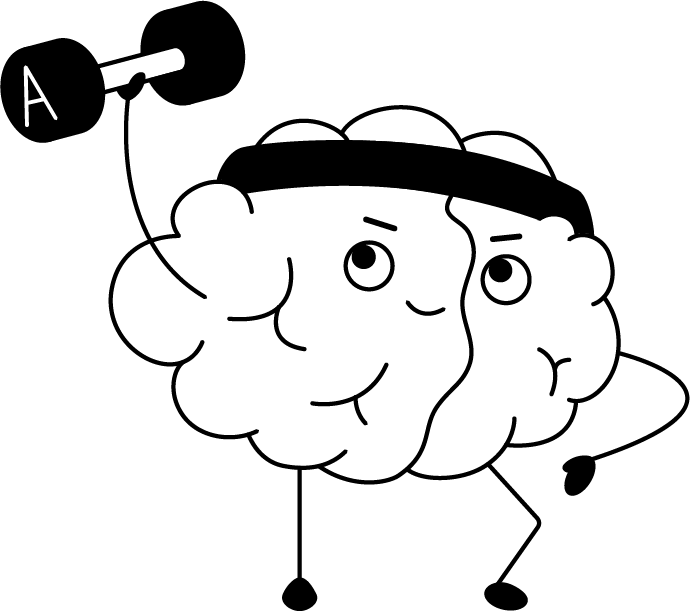What Is Literacy LIFTER?
Literacy LIFTER (Letter Identification and Formation for Transcription and Early Reading) is a free tool designed to empower educators and caregivers in supporting students’ handwriting and early reading skills. It provides users with evidence-based materials to teach and assess handwriting and letter knowledge (i.e., letter names and sounds) to pre-kindergarten and elementary-aged students. This includes materials for flexible and efficient instruction, such as video models of letter formation and letter pronunciation as well as downloadable PDFs of student worksheets. All materials are available in both English and Spanish.

Introducing Literacy LIFTER
The Importance of Handwriting Instruction
Much like reading, writing is not a skill we are born with, so students need to be taught these concepts in a systematic and explicit manner. As a result of handwriting instruction, students learn letter shapes and letter sounds—two skills closely related to early reading development. Focusing on letter identification and formation, LIFTER gives students the building blocks they will need to become proficient writers and readers.
A Supplement to Core Instruction
LIFTER is intended to supplement core instruction in pre-kindergarten and elementary classrooms. Nationally, elementary teachers often report that they have received limited to no preparation on how to effectively teach handwriting, and their students receive minimal instruction on handwriting (Graham, Collins, Ciullo, 2023; Troia & Graham, 2017). In Iowa, the districts we have partnered with report the need for better supports to teach this critical skill.
In addition, when teachers do provide handwriting instruction to their students, their reading curriculum often teaches letters in a different sequence than their handwriting curriculum. This can result in a heavy lift for students trying to learn two competing sequences of letters at the same time.
LIFTER offers a solution to these concerns. When using LIFTER, educators control the sequence of letters they will teach, allowing them to align the tool to their reading curriculum. With LIFTER’s flexible functionality and comprehensive, accompanying eLearning module, educators unlock the knowledge and materials they need to provide effective handwriting instruction to their students.

Start Here
New to LIFTER? It is highly recommended that new users complete the LIFTER eLearning module before using the tool. Completing the eLearning module will help you learn not only how to navigate the site but also how to use the materials efficiently and effectively with students, covering handwriting, reading and writing development, and evidence-based instructional and assessment practices.
Once you have completed the LIFTER eLearning module, you are ready to go!
Access even more LIFTER training materials with our Professional Development Toolkit.
Coloring Sheets
Pair letter transcription practice with a fun coloring activity!
Related Blog Posts
Explore the blog posts below to learn how handwriting instruction can support your early readers’ literacy development.

Handwriting: Beneficial to Reading and Often Misunderstood
Handwriting can support early reading skills. This post explains why and describes several techniques teachers can use to help their students acquire handwriting.

The ABCs of Alphabet Instruction
Things students should know about letters and why it is important that they know them for reading development.

Looping Back to Cursive Handwriting
While more research is needed on cursive handwriting instruction, here is what we know about when to teach cursive and what components can make cursive instruction particularly effective.

The Continued Importance of Handwriting Instruction
Learning handwriting and practicing it in the home and at school helps early readers learn to recognize letters.

Research Article of the Month: June 2024
Through this breakdown of Ray et al. (2021), we explore the benefits of handwriting intervention on foundational reading skills.

How to Make Handwriting a Part of Early Literacy Instruction
This white paper explains how handwriting assessments can be used to analyze a students’ handwriting and then offers instructional techniques to improve the handwriting of elementary-aged students.

Looking to teach cursive handwriting?
Meet CLIFTER (Cursive Letter Identification and Formation for Transcription and Early Reading)! A companion program to our print application, CLIFTER is a free tool designed to empower educators and caregivers in supporting elementary-aged students’ cursive handwriting and early reading skills.
